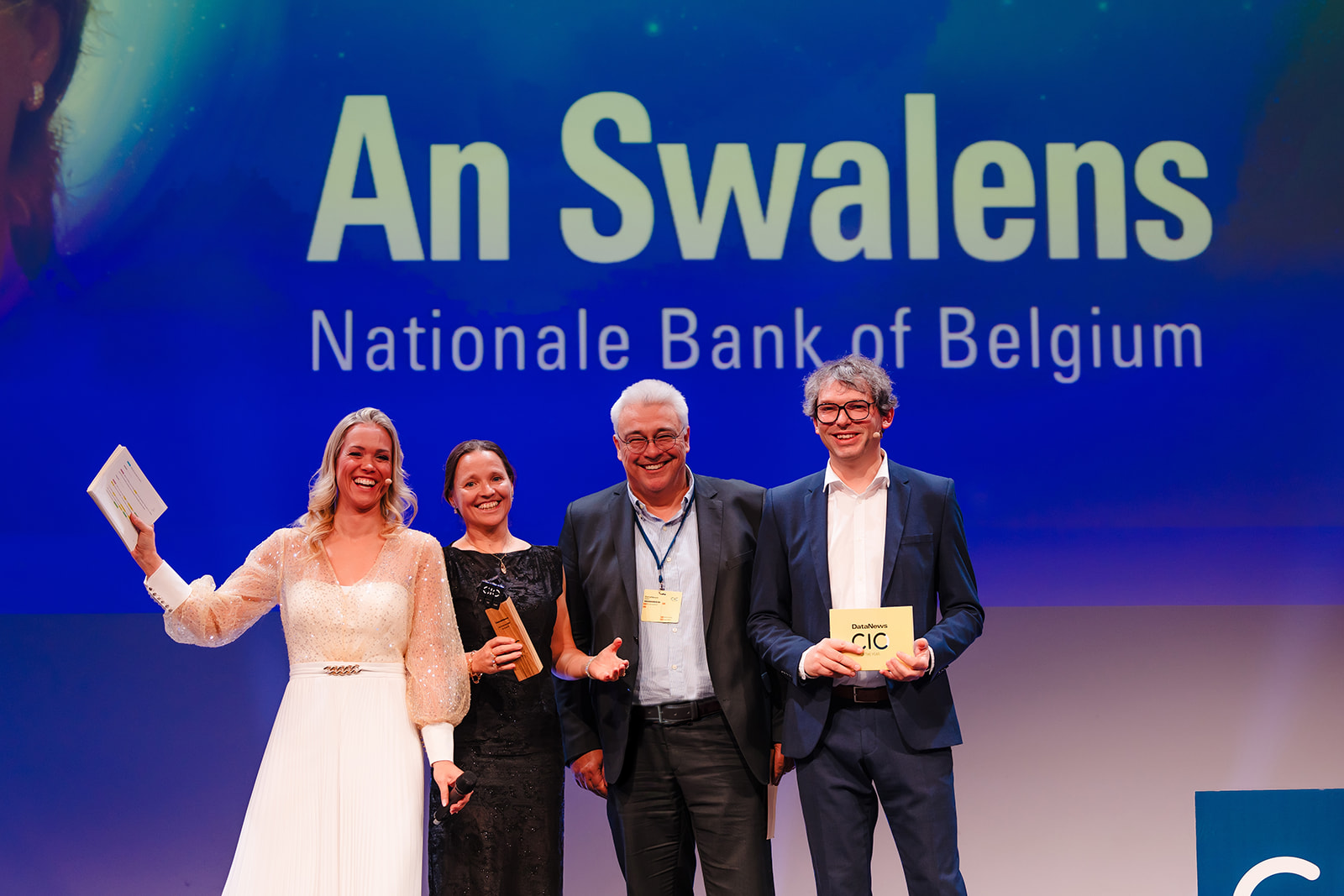
Philippe Van Belle
Chief Information &
Technology Officer
How winning CIO of the Year affected me

"How has it changed you?" is one of the most common questions people ask me about becoming CIO of the year. Well, it hasn't. It might've changed how some people perceive me, expecting wisdom and great insight in every conversation. The truth is receiving this honour was more of a team win than a personal accolade. A CIO only goes as far as their team takes them. And our team propelled us to new technological heights with a series of historical feats.
The award also established us as the innovative, daring and helping collective we are, positioning us to lure in more talent than before. Seasoned IT pros choose AG for its proven track record of ambitious projects and new technologies. In contrast, young IT starters join us for our emphasis on nurturing, collaboration, and personal growth.
The complexities of IT leadership
While becoming CIO of the Year didn't change me, it did transform my perspective on leadership in IT. It heightened my awareness of the global dynamics in IT and the many complexities we're affected by. All IT departments collaborate with international colleagues and partners who provide solutions and services - riveting but challenging. Dealing with, at times, vastly differing working cultures in different time zones and continents requires societal awareness and solid coordination.
This is made even more challenging by our rapidly evolving technological landscape. Our profession is very hands-on: we build and improve systems to meet operational and client needs and solve crises that require advanced technical knowledge and skills. The speed at which new technologies and abilities emerge and evolve is astonishing, and keeping up can be dazzling. To do so effectively, we must be at the vanguard of innovation.
The inherent technological complexities of our profession, the explosion of new technologies, the global nature of our playing field make some challenges almost too overwhelming to deal with on our own. IT requires what I call extreme collaboration. We must engage and actively contribute to each other's tasks and achievements to face the challenges.

Extreme collaboration isn't a given in most professional settings. To instil this modus operandi, IT leaders must help foster a helping culture built upon empathy, communication, teamwork, and trust. You can't enforce these values, but rather embody them with your actions, attitude, competence and empathy.
My job as an IT leader is to envision the culture, have our people contribute and buy into it, and provide them with the tools to bring that vision to fruition. Although this is a continuous endeavour, our team members have embraced and embodied "extreme collaboration" as a principle. Without it, we couldn't have achieved the historic feats we've executed these last few years.
Case in point: the replatforming
A prime example is the replatforming project, which won us CIO of the Year. After four years of preparation and collaboration with five partners across five continents, we navigated unexpected challenges to transfer over 80 million lines of Cobol code and 700 applications to a network of Windows servers in a single weekend. This milestone showcased our ability to modernise and integrate cutting-edge technologies and cloud-based gen AI into our operations.
But it also tested every facet of my leadership principles. We faced unexpected technological setbacks that also uncovered a skills gap. The difficulties coordinating a remote team of 600 FTEs across five continents during the COVID crisis compounded these issues. On top of that, some of our colleagues had doubts about the need for and the feasibility of the project.
We overcame these issues by being empathetic, communicative, and sharing knowledge. We embraced our hesitant colleagues' doubts and developed a transparent communication strategy that hinged on open dialogue and empathy.
Rather than a top-down approach, we organised regular discussions and training sessions to allow our colleagues to voice their concerns freely and upskill them. This also allowed us to leverage their thoughts and insights to improve our process and re-emphasise the importance of every team member's involvement, turning scepticism into solid support and stellar performances. We applied the same values when interacting with our external partners and international colleagues, emphasising transparent communication and cultural awareness to keep all 600 FTEs fully engaged. These initiatives proved critical to our the successful execution this unique endeavour.
